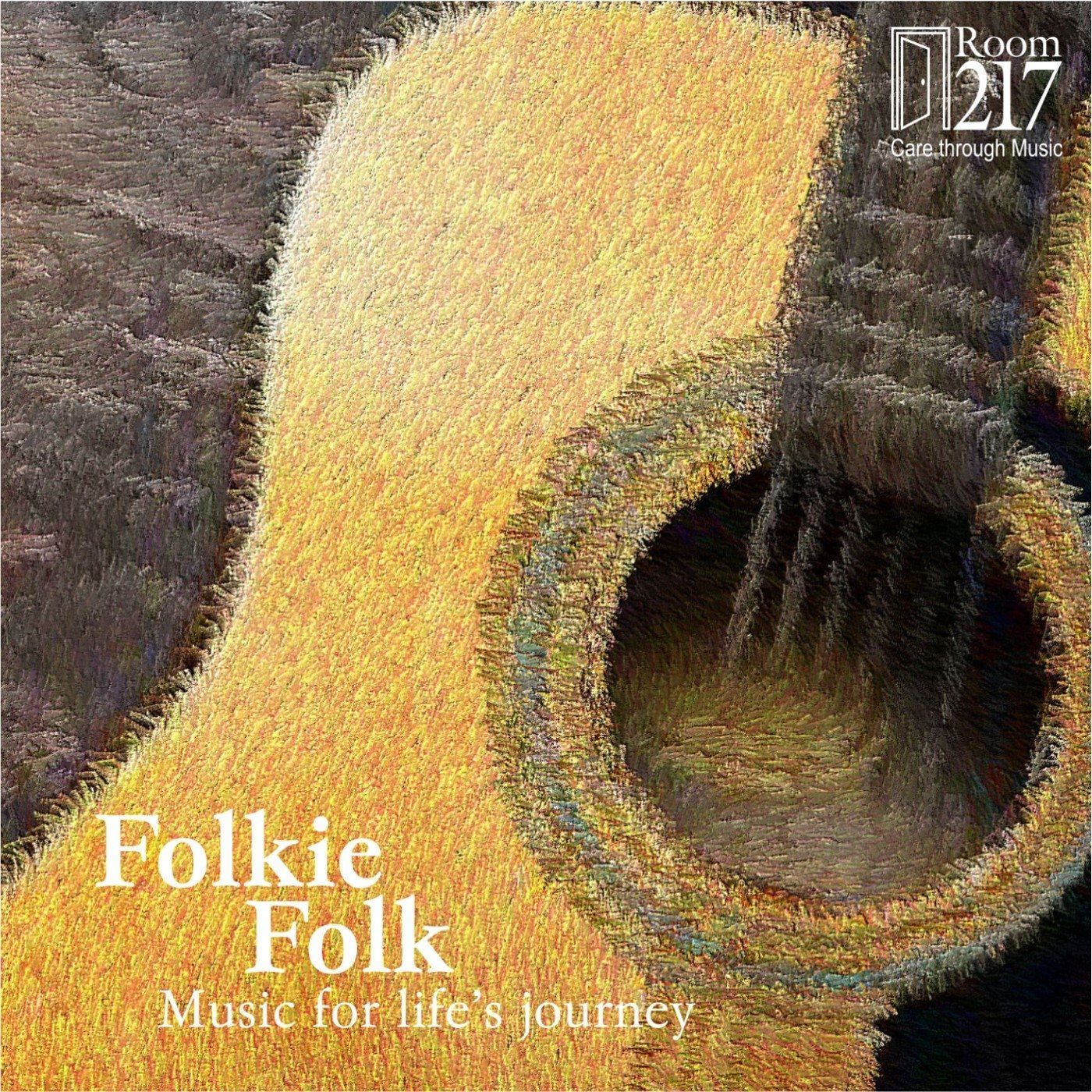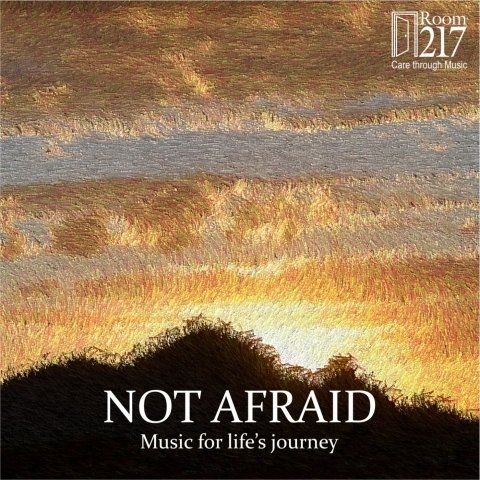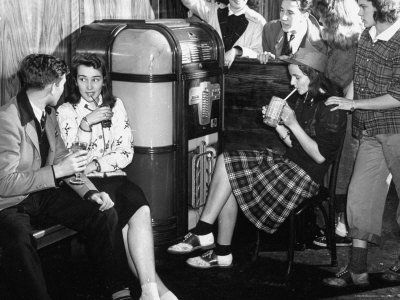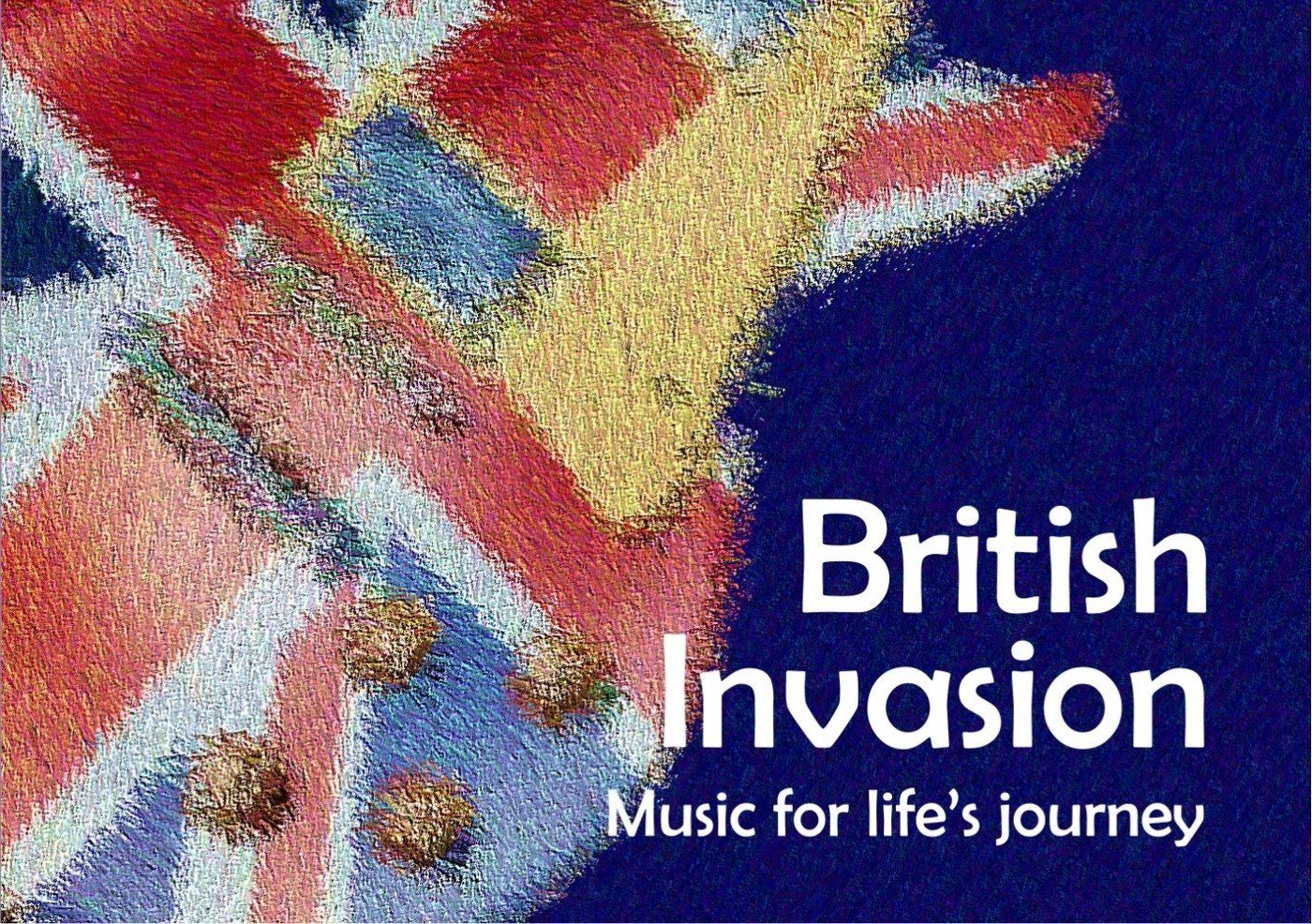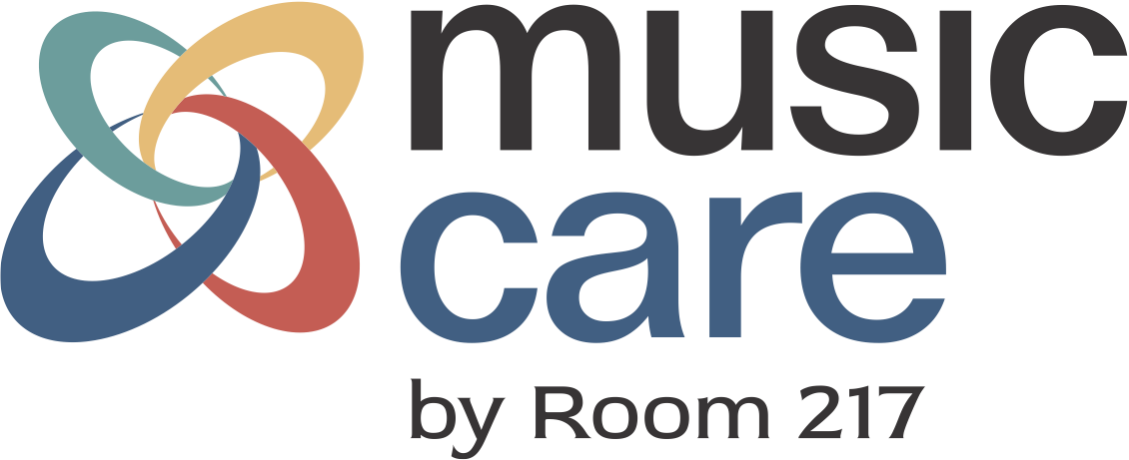The Ocean Drum
One of the most popular instruments I use in my music therapy practice is the ocean drum. Working in oncology and palliative care with patients and families affected by cancer, I find that the ocean drum is one of the most effective and unintimidating instruments to hand someone. It makes a big impact on the environments we play it in: both patients and co-workers often ask me where they can get their own ocean drum, so that they can play it at home to “relax.”
The ocean drum is a round, see-through frame drum, filled with ball bearings that sound like ocean waves when you move it back and forth. There is no “correct” way to play it, and it can produce many sounds. It can be shaken to sound like turbulent storms, tilted steadily to produce long pebbled surf, or held still to create the faintest whisper of water lapping the shore.
While music therapists will use the ocean drum for specific clinical and/or psychotherapeutic goals, I believe that the ocean drum can be used in all sorts of creative ways for self-care or caring for others.
Here are five reasons why I believe the ocean drum can promote wellness:
- The ocean drum is whole : there is something grounding about holding a round instrument. I often hand the ocean drum to someone who appears agitated or distressed. Simply holding the round frame can yield a centering effect on the person playing it.
- The ocean drum is responsive : Ocean sounds are created by the ball bearings in the drum, which are magnetic and respond to both gross or fine motor manipulation. The ocean drum responds to the subtlest movements and bodily rhythms. Even when we sit still with the drum, or lay it on the belly of someone sleeping, the ball bearings will gently move. It responds to the environment it is in.
- The ocean drum is organic : the sound of water is universally resonant for humankind. The sound of the ball bearings remind most people of water and waves, or for some, the wind in the trees. These organic sounds produce a centering effect on listeners, stimulate memories of being outdoors, and can be inherently wellness-producing.
- The ocean drum is captivating : watching the drum being played is hypnotic. It is hard to play it and not feel consumed by the movement of the ball bearings and the responsiveness of the waves. Likewise, when we are watching or nearby someone playing it, it is hard not to be impacted by the organic sounds of water and wind, and sense how it can instantly transform the space.
- The ocean drum is contained : the ocean drum is a virtual tempest in a teapot. We can create sounds of a stormy sea but still have it held inside the round sturdy frame of the drum. We can create the most tranquil waves in the midst of a chaotic care space. Whatever sentiments we want to express through the ocean drum, we can do it in a contained way, and in the palms of our hands.
Here are some suggestions for using the ocean drum in care practice, particularly when caring for people in end-of-life care or with dementia:
- Use it as a stress-relieving tool, like a stress-ball, giving it to agitated or anxious care receivers to play.
- Incorporate it into any mindfulness activities or self-care programs for staff, by playing it as an opening meditation or passing it around for participants to play.
- Give it to a person with dementia to play for sensory stimulation.
- Play it to stimulate a discussion about reminiscence – what does the sound of the drum remind you of? If you play it in different ways does it remind you of different places, people or times?
- Put on some music you and/or your care receiver find relaxing, and play the ocean drum along to it. Create your own ambient spa music!
You can find the ocean drum at any major instrument store. It is suitable for people of all ages.
Sarah Pearson is a music therapist working in oncology and palliative care in Kitchener, ON . She is the Program Development Coordinator for the Room 217 Foundation and Lead Facilitator of the Music Care Certificate Program.


